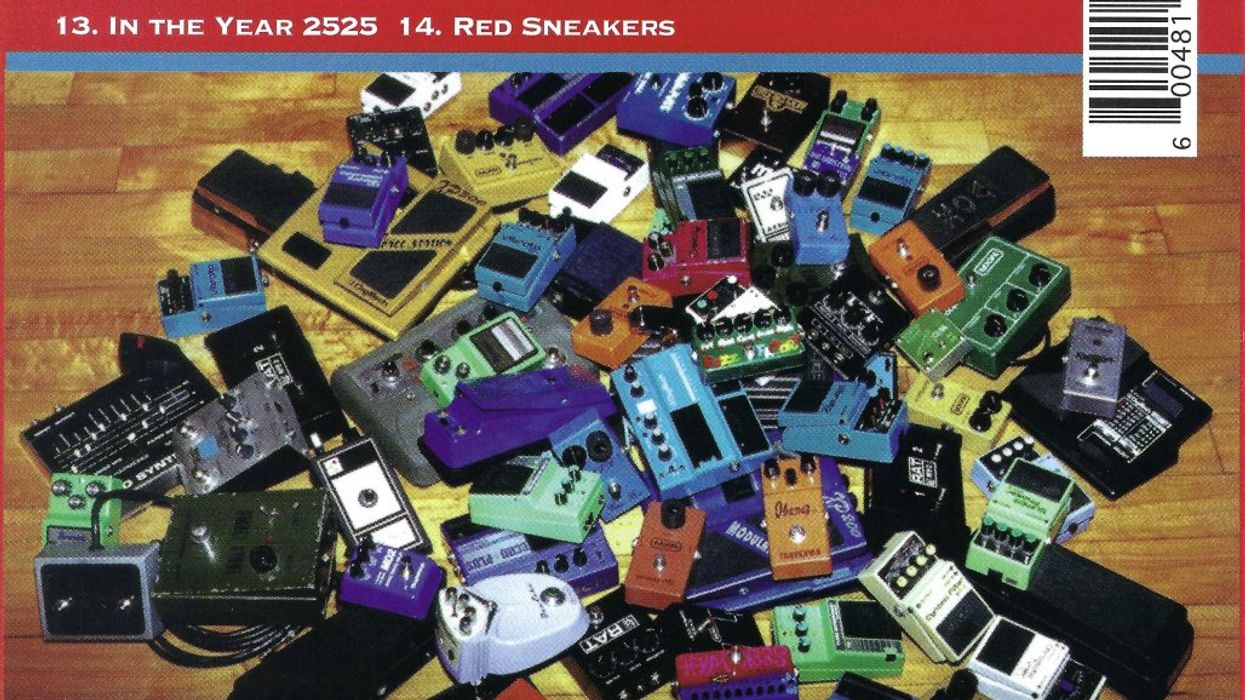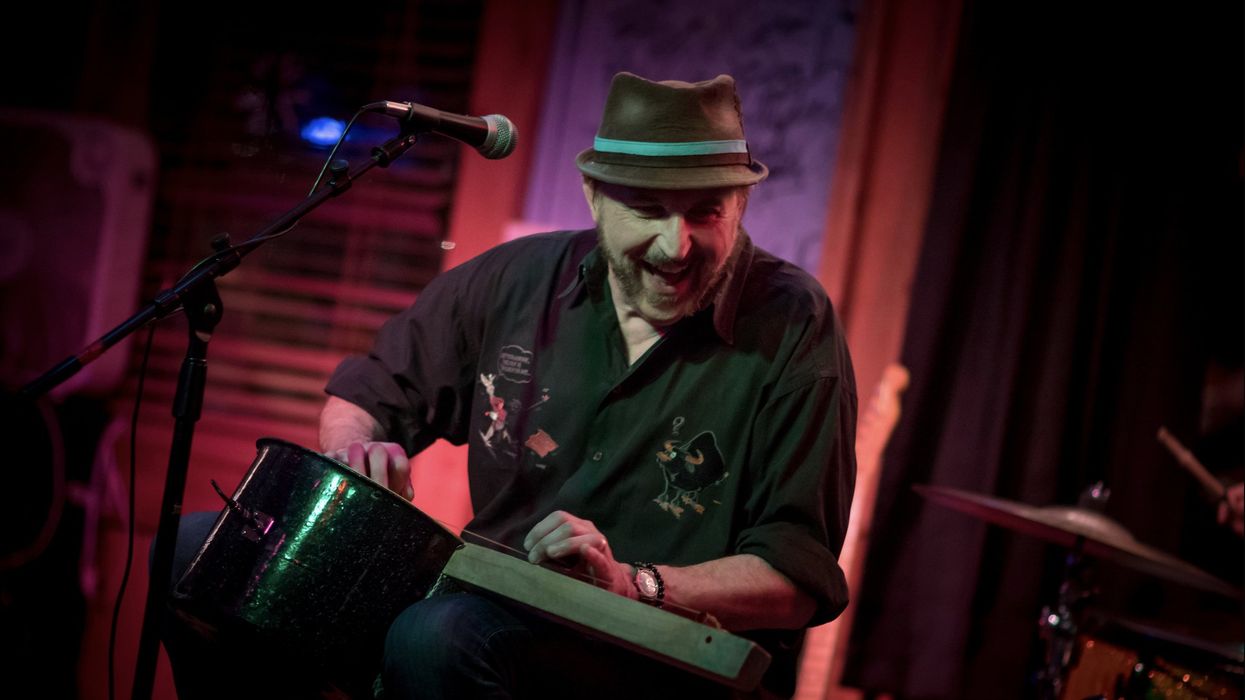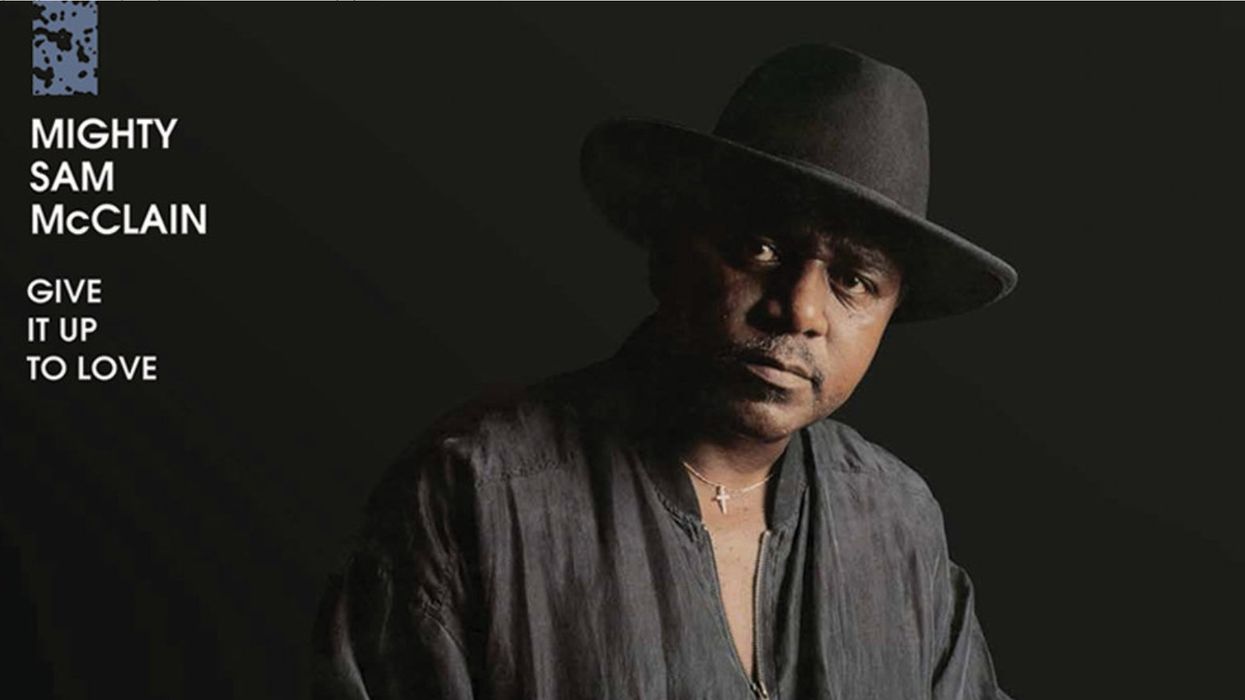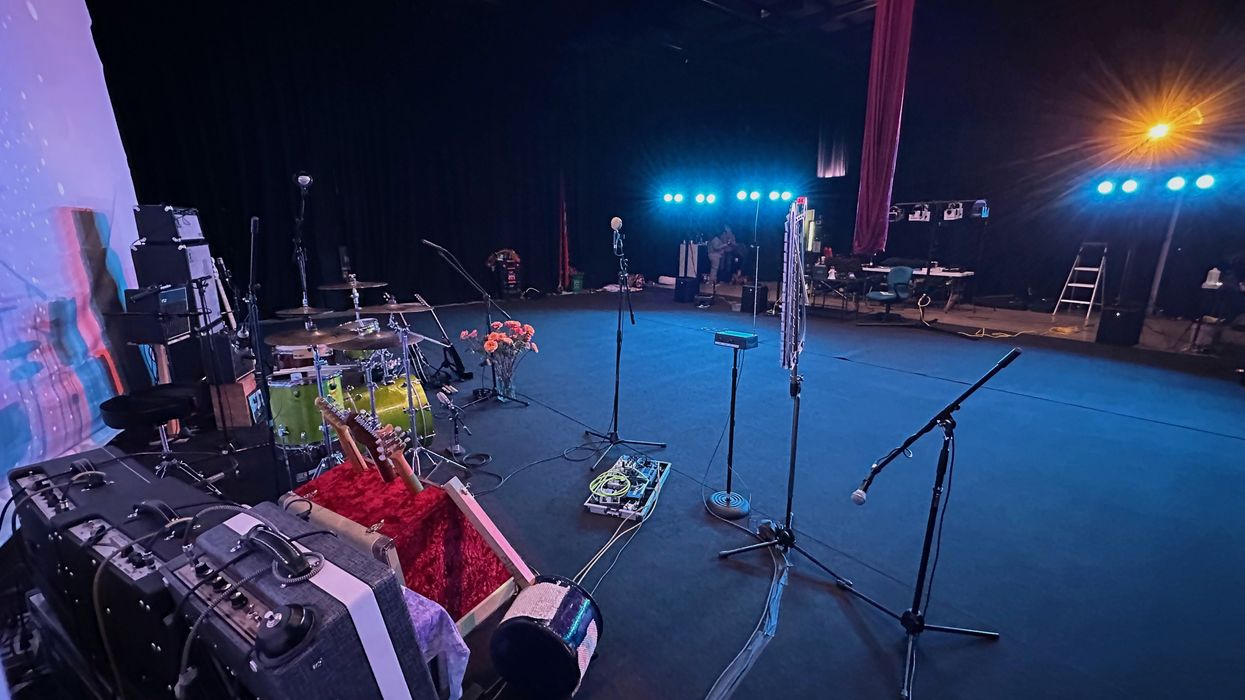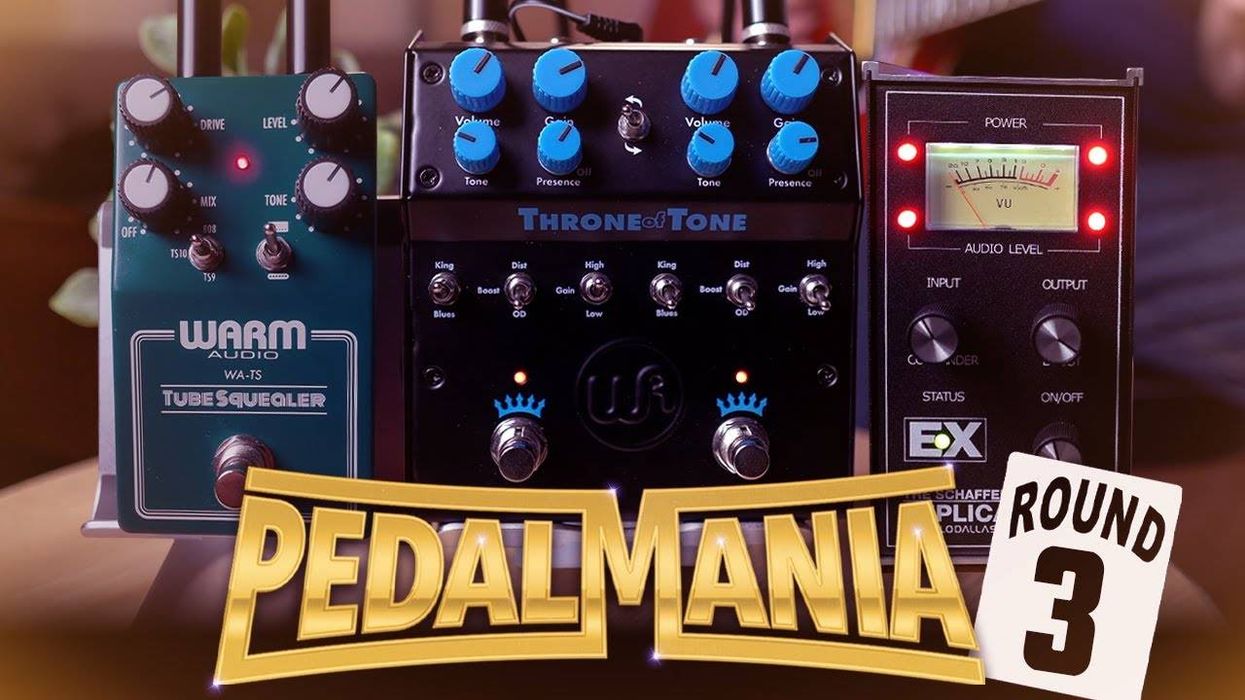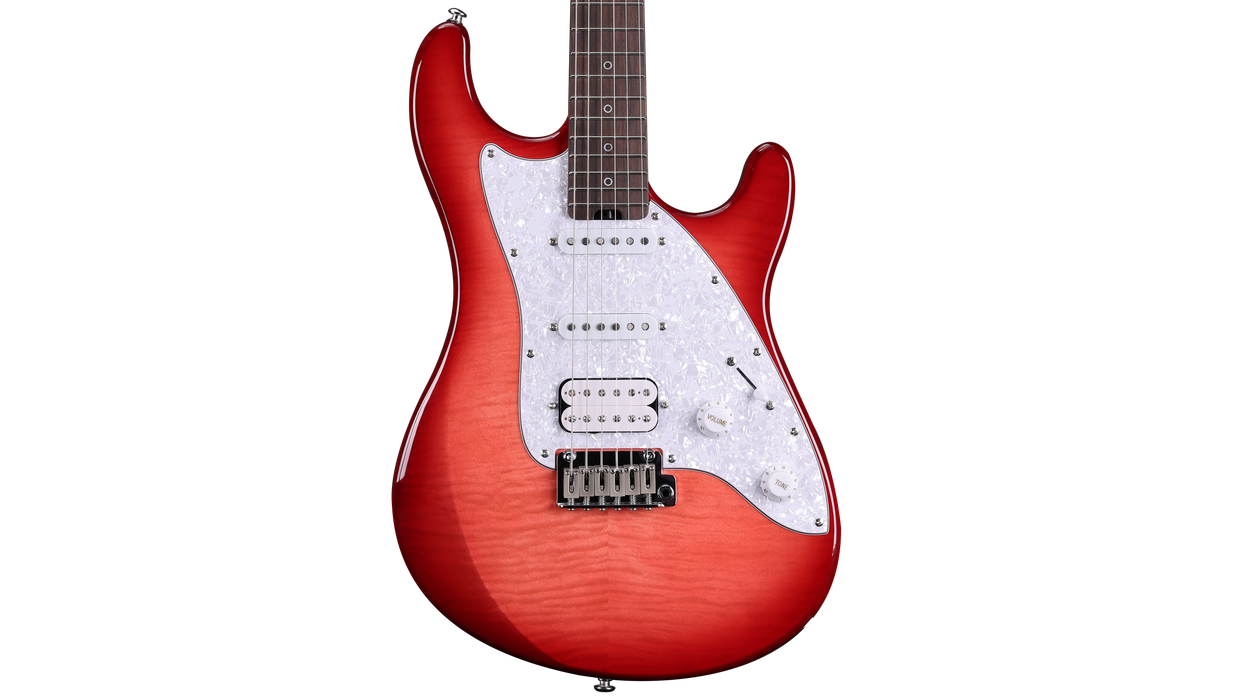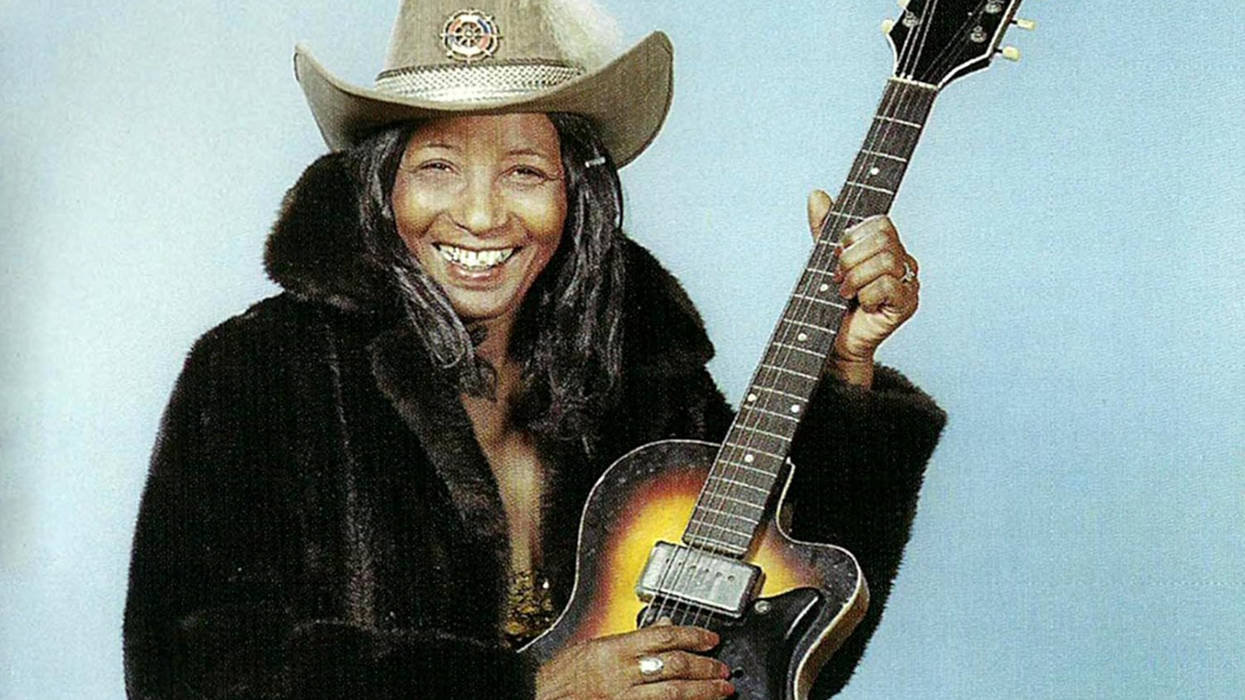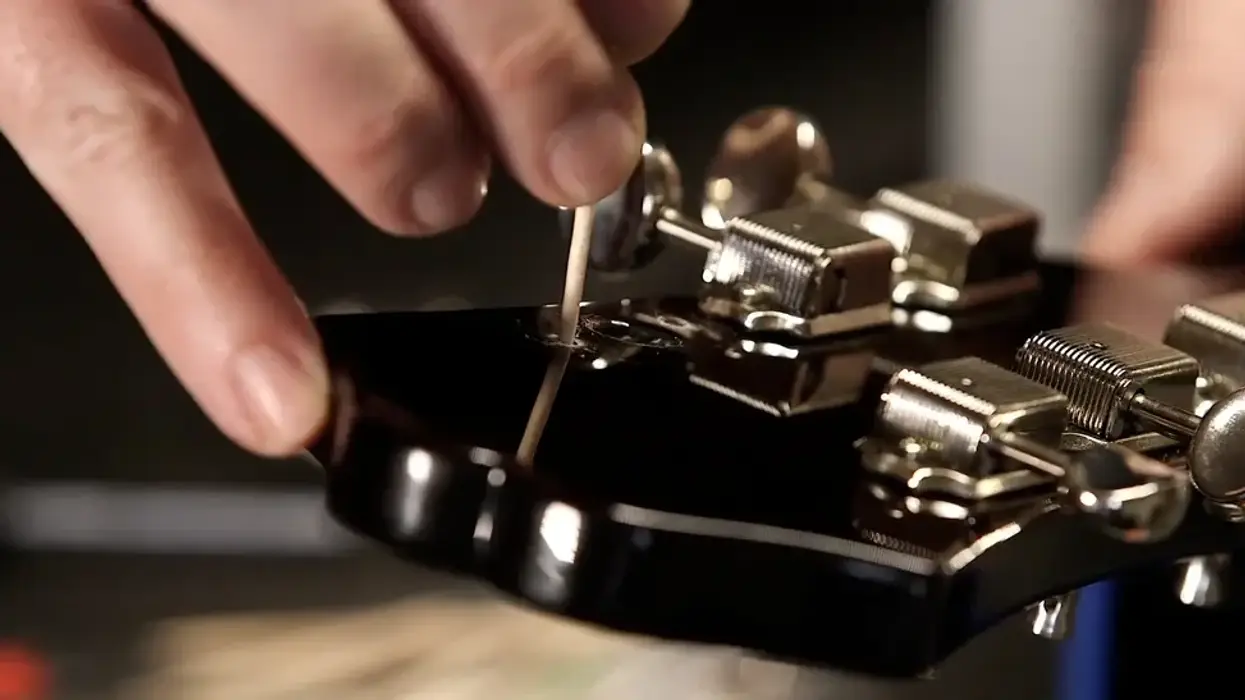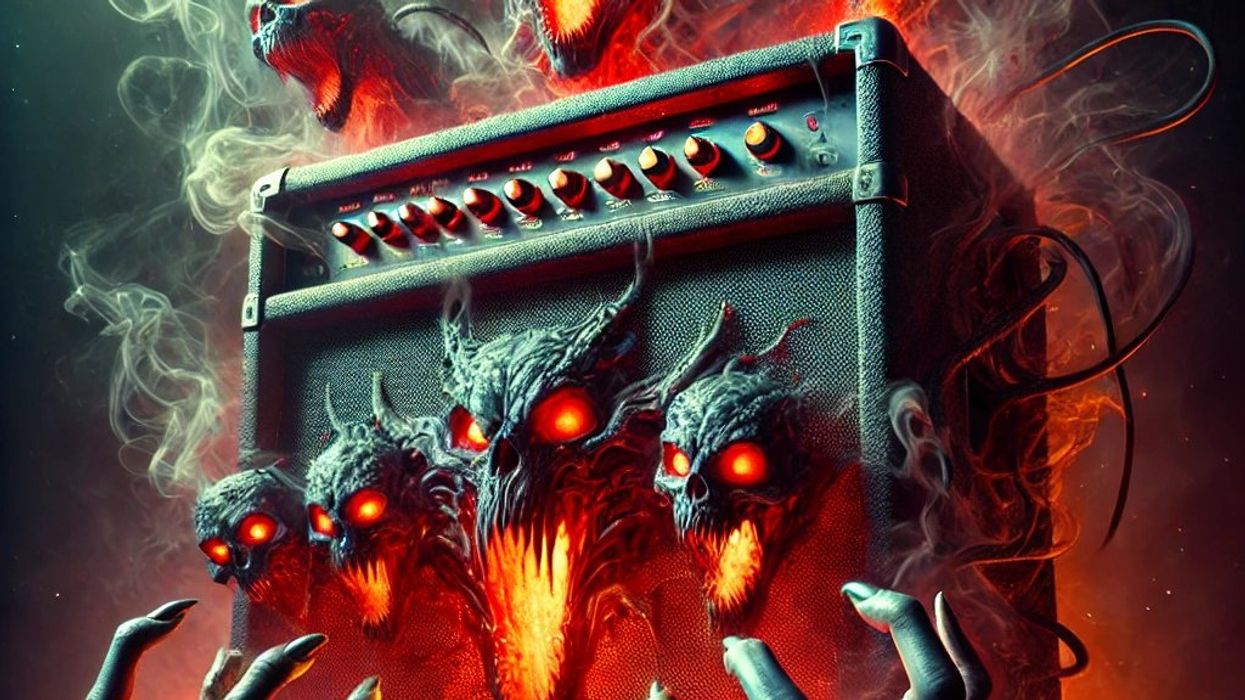Over the years, at various gigs, I’ve been asked “What do you need all those pedals for?” If it’s a civilian or guitar novice, I tend to run down a quick explanation of what’s on my board, citing examples, ideally, in songs they’ve just heard my band play. If it’s a wise guy with a beef about pedal tones, I simply reply, “Just following orders from Mr. Hendrix.” And I step away.
Wise guys about pedal tones irritate me. Any guitarist should be able to approach their sonic palette without judgment. After all, guitar playing is about freedom. Even if you're playing scripted parts, there is a nearly limitless way to nuance them. And, laughably, I’ve also heard, “Link Wray didn’t need pedals.” And “Muddy Waters didn’t need pedals.” Is it even worth pointing out that pedals, as a widely available resource for guitarists, didn’t exist in the days of “Rumble” and “I Can’t Be Satisfied?” Further, I got to know the late bluesman Louisiana Red a bit, and he was a hard-core Muddy disciple. He was also a fiend about overdrive and fuzz boxes. (And slide. In Red’s estimation, any tubular metal was fair game if it fit his finger and he could slice a length off.) Nearly every time I saw him play electric, he had a stompbox next to his feet, and his primary goal was to use it to recreate the dirty patina of the guitar on Muddy’s early Chess recordings—not “Creeping Death” or “Hell Bent for Leather.” I’ve also heard “Johnny Ramone didn’t need pedals.” And that is true. And I don’t care, as much as I love the Ramones.
There is also a difference between needing and wanting. In the late ’90s, I had a 14-piece pedalboard with my band Devil Gods. The lead guitarist, Mark Sullivan, had even more. And we had a blast with everything from waves of gooey modulated fuzz to live looping. For most of the life of my next band, Scissormen, I played a guitar plugged into a Marshall and, later, a modded Epiphone Valve Standard, with a tuner in line. That’s it. The program was music influenced by the blues of Mississippi hill country, so pedals would not have been appropriate. “Render unto Caesar the things which are Caesar's,” y’know.
“Louisiana Red was a hard-core Muddy disciple. He was also a fiend about overdrive and fuzz boxes.”
These days my pedalboard is messy. It’s got 11 pedals, but when I find time to populate the 24" two-deck Pedaltrain board I have waiting, that population is going to increase. Perhaps radically. I like having myriad, potentially unpredictable sounds at my feet and, more importantly, in my brain. At heart, I am an improviser, and sound is my paintbrush.
Clearly, I’m not the only one. This is our annual issue focusing on pedalboards of the pros, and yours, our readers. I’m always excited about this issue. Whose boards can I cop ideas from—about ordering the chain, about new devices or blends of tones? Who’s gonna make me nod my head and say, “Yeah, I can hear that,” even through the silence of print? I know that when this issue is done, it will have punched through my inertia and compelled me to set up my new board. And I’m excited about that, too.
It’s been a long, strange trip from learner to perpetual learner with the guitar, including effects. I started with a single MXR Distortion+ and now I’ve got granular delays, insane stereo tremolo pedals, classic vibratos, and a host of overdrives and fuzzes, including a prized one-of-a-kind Burns Buzzaround clone made by Gary Kibler at Big Knob Pedals. I also love Gary’s Tone Bender clones, and used both extensively on recent soundtrack recordings. I even own a Mantic Conceptual Flex Pro, which puts Hunter Thompson’s oft-quoted observation—“When the going gets weird, the weird turn pro”—into a 6-dial stomp.
The other great thing about pedals is their relative affordability. You can find a lot of great pedals, like an MXR Phase M290, for around $100. And you can get a lot of expression from a good phase shifter. I can’t afford to buy David Gilmour’s black Strat that he used on Dark Side of the Moon, which sold at auction for nearly $4 million. But during the height of my drunken-sailor pedal-buying spree over the pandemic lockdown, I did spend a little under $300 on a modified B.K. Butler Tube Driver, which helps Gilmour get his sustain. And dang if it doesn’t get my Strat and PRS SE Silver Sky in the right tone zone. And that makes me happy. And isn't the pursuit of joy one of the reasons—maybe the biggest—you and I started playing guitar?